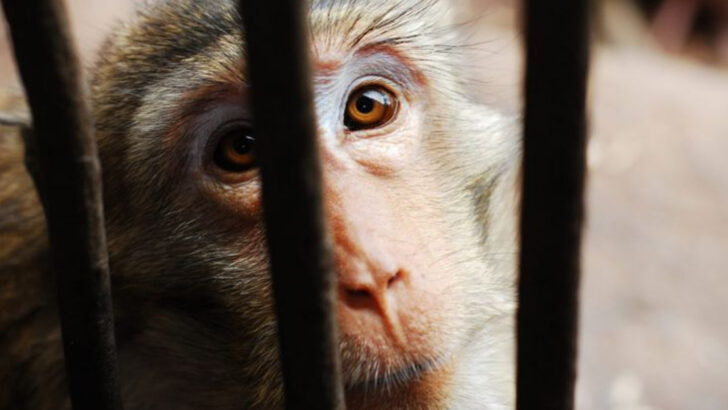It’s not just about saving species—sometimes, zoos let animals go for reasons they don’t advertise.
When an animal is released into the wild, the story we’re told is simple: it’s all for conservation.
A noble mission. A happy ending. Cue the nature documentary music.
But behind the curtain, the reality can be far more complicated.
From overcrowded enclosures to shifting budgets and public pressure, there are motives at play that go beyond helping wildlife.
Some reintroductions are strategic. Some are desperate. And some are more about people than animals.
This isn’t to say all releases are shady—but the full picture? It’s messier than you think.
Let’s dig into the surprising, behind-the-scenes reasons zoos are setting animals free—and what it really means for the creatures heading back into the wild.
Economic Pressures and Cost Reduction
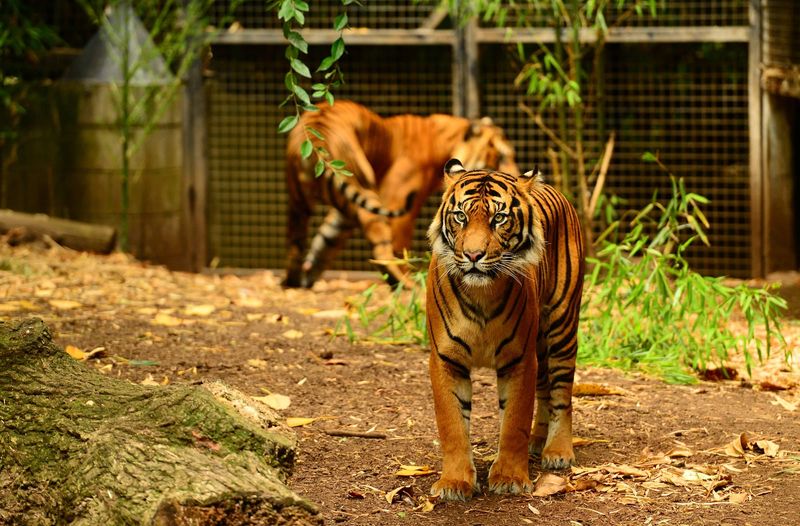
Animal care is expensive. Feeding, medical care, and habitat maintenance add up quickly. Economic pressures can lead zoos to release animals into the wild. For some institutions, the financial burden becomes too heavy, prompting them to reconsider their strategies.
By releasing animals, zoos can significantly reduce costs. This may seem pragmatic, but it often clashes with their public image as conservation advocates.
In some cases, releasing animals is not about saving species but about saving money. The decision is complex, balancing financial realities with ethical responsibilities.
Legal and Regulatory Changes
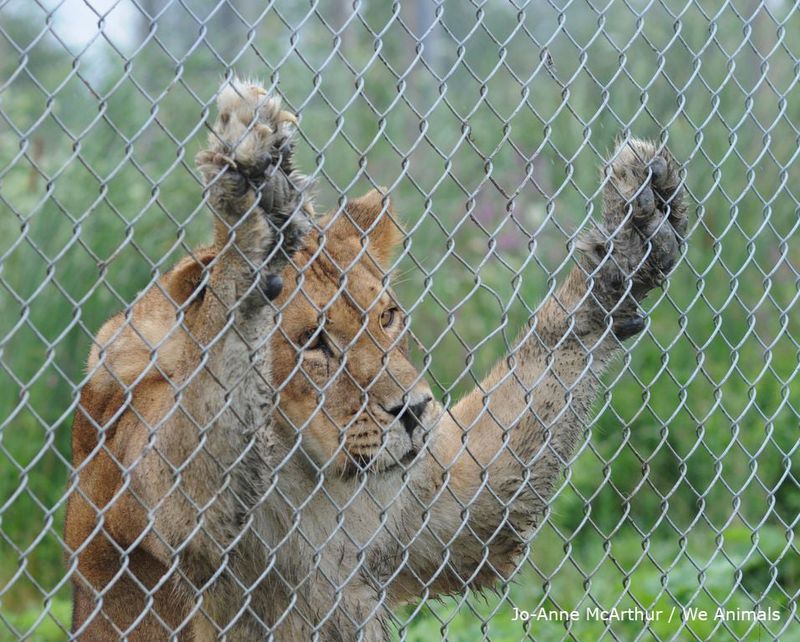
Regulations evolve. Changes in animal welfare laws can prompt zoos to reconsider their animal populations. Sometimes, legal frameworks become more stringent, demanding higher standards of care.
When compliance becomes challenging, releasing animals might be a viable option. This isn’t always about improved welfare; it often becomes a matter of adhering to new legal requirements.
Zoos must navigate these changes, often prioritizing legal compliance over other considerations. While it may appear straightforward, legal dynamics profoundly influence decisions.
Public Relation Campaigns
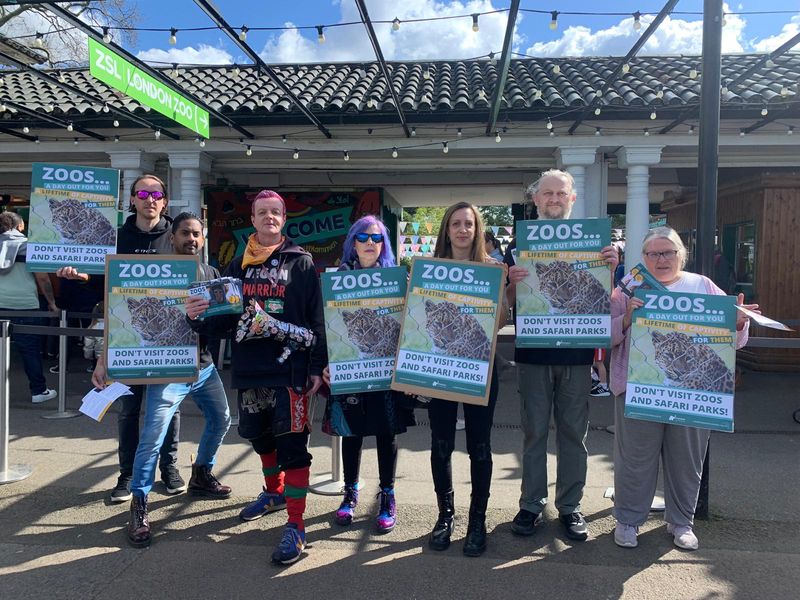
Public image matters. Zoos are constantly under scrutiny from animal rights groups and the public. Releasing animals can be a strategic move to enhance reputation.
By publicizing animal releases, zoos position themselves as compassionate organizations. This can divert attention from controversies and boost public perception.
The narrative crafted around releases shapes public opinion. It’s not always about conservation; sometimes, it’s about crafting a positive image that aligns with societal values.
Species Management and Genetic Diversity
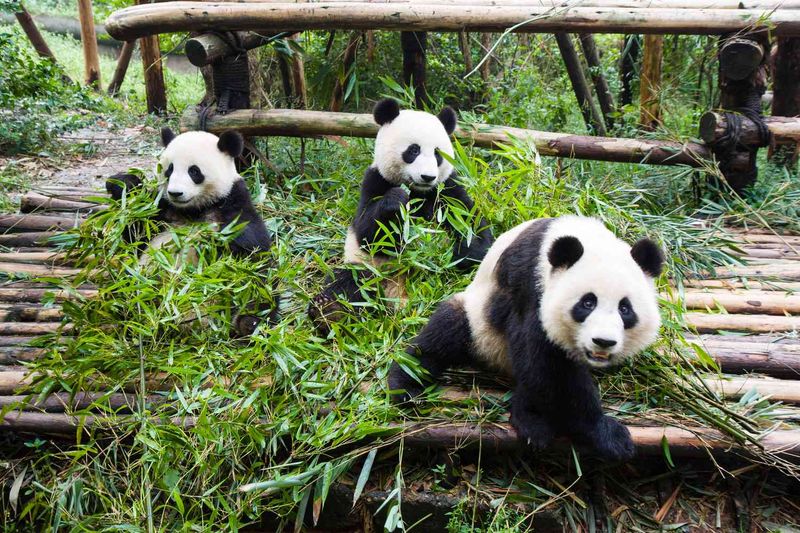
Genetic diversity is crucial. Maintaining healthy populations requires careful species management. Sometimes, releasing individuals into the wild helps prevent inbreeding.
This strategy supports genetic health but isn’t purely altruistic. It ensures zoo populations remain viable for future displays and breeding programs.
While conservation plays a role, the motivation is often rooted in maintaining diverse genetic pools. Zoos balance wild releases with captive breeding, aiming for long-term sustainability.
Space Optimization Within Zoos
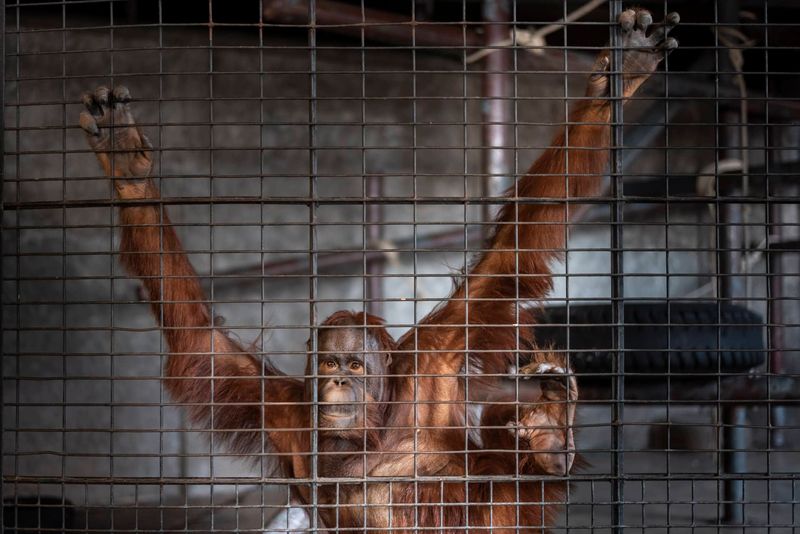
Space is limited. As zoos expand, they must optimize existing areas. Releasing animals can free up valuable space for new exhibits or facilities.
This isn’t merely about creating space; it’s about strategic planning. New attractions draw visitors, sustaining the zoo’s operations.
While visitors may see more exciting exhibits, the underlying reason is sometimes spatial efficiency. Balancing animal welfare with operational needs, zoos make difficult choices.
Cultural Enrichment Programs
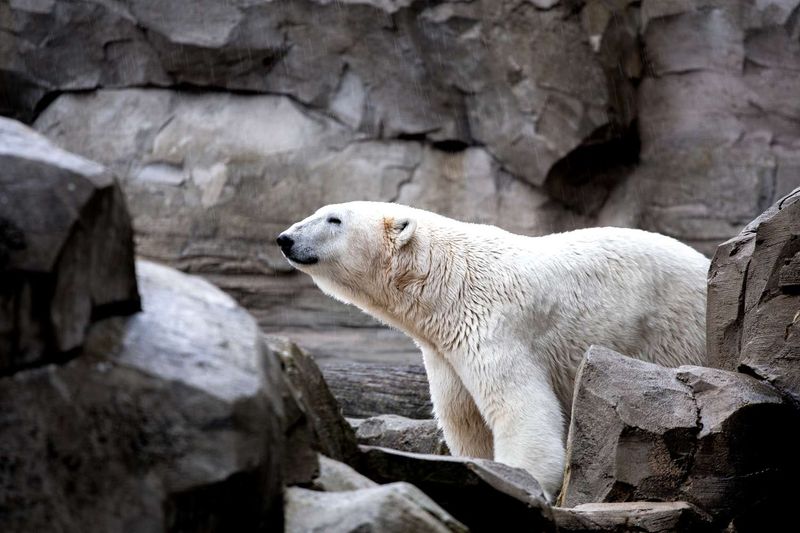
In some parts of the world, zoos collaborate with local communities to enrich cultural traditions. By releasing animals, they help restore ancestral wildlife that plays a key role in traditional practices.
This collaboration fosters cultural pride, enabling people to reconnect with their heritage. Animals like elephants and eagles become symbols of cultural resilience, often part of age-old ceremonies.
This initiative transforms wildlife release into a cultural renaissance, bridging the gap between modern life and ancient customs. With this approach, zoos do more than conserve species—they revive traditions. It’s a beautiful blend of nature and culture.
Research and Scientific Studies
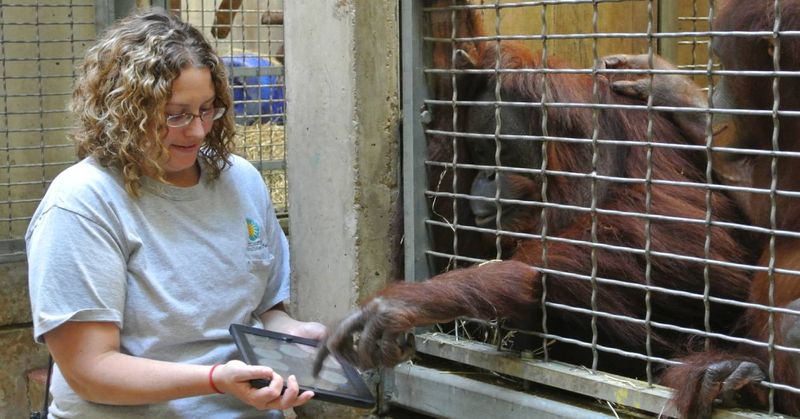
Zoos have evolved into centers of scientific study, using animal releases to advance research. This method allows scientists to observe natural behaviors that cannot be replicated in captivity.
Field studies on released animals offer invaluable insights into migration patterns, social structures, and ecological impacts. These findings can then inform broader environmental strategies and enhance our understanding of complex ecosystems.
By prioritizing research, zoos contribute to global knowledge, transforming them from mere tourist attractions to hubs of scientific innovation.
Educational Outreach Initiatives
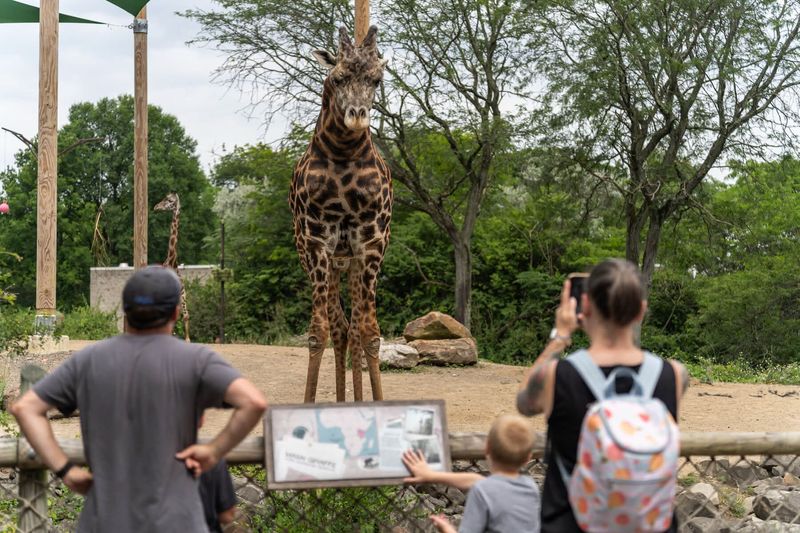
Education remains at the heart of modern zoo missions, with animal releases serving as dynamic learning tools. By witnessing rewilding efforts, students learn real-world ecology and conservation.
Educational programs linked to animal releases cultivate curiosity and environmental stewardship among young learners. By connecting classroom concepts to the natural world, zoos inspire the next generation to value and protect wildlife.
These initiatives create meaningful educational experiences that extend far beyond zoo gates, instilling lifelong lessons about our planet.
Human-Wildlife Conflict Resolution
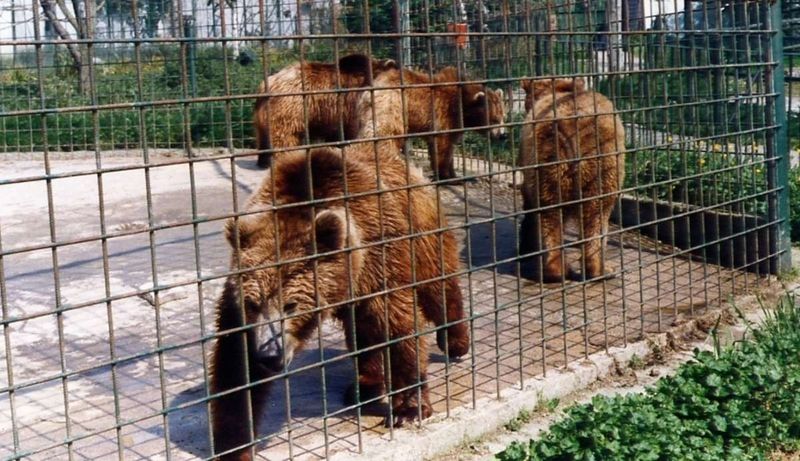
In areas where human-wildlife conflicts are prevalent, zoos take proactive steps to mediate. Releasing animals back into the wild helps re-establish natural boundaries, reducing clashes.
Through strategic releases, zoos assist in dispersing animal populations, alleviating pressure on human settlements. This approach fosters coexistence by promoting respect and understanding between humans and wildlife communities.
Such efforts pave the way for harmonious relationships, transforming potential conflicts into opportunities for mutual benefit.
Advocacy and Policy Influence

Zoos leverage animal releases to influence wildlife policies at local, national, and international levels. By demonstrating successful rewilding, they advocate for comprehensive environmental legislation.
These initiatives showcase the importance of sustainable practices, urging governments to enact policies that protect natural habitats. As a result, zoos become influential voices in the policy arena, pushing for change that benefits both animals and ecosystems.
This advocacy reflects a commitment to shaping a better future for all living beings.

